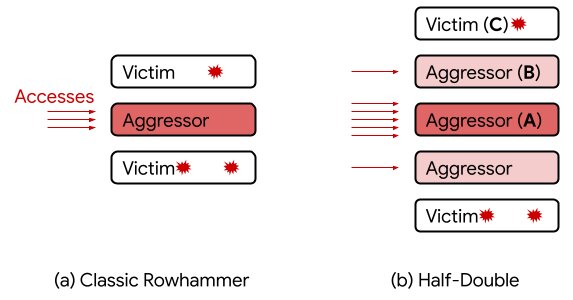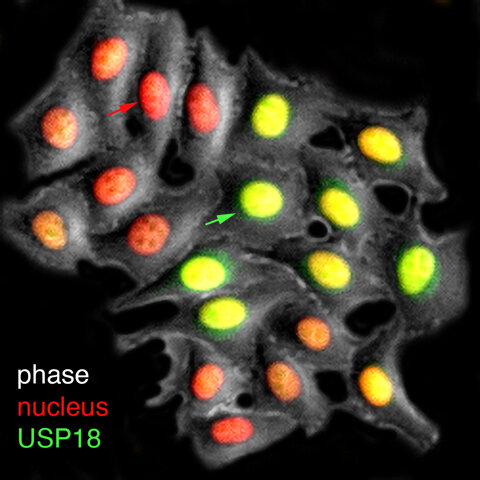#Why pulsars shine bright: A half-century-old mystery solved
“#Why pulsars shine bright: A half-century-old mystery solved”
At a pulsar’s two magnetic poles, continuous beams of radio waves blast into space. These radio emissions are special in that they are coherent, meaning the particles creating them move in lockstep with one another. As the pulsar rotates, the beams sweep in circles across the sky. From Earth, pulsars appear to blink as the beams move in and out of our line of sight. The timing of these blinks is so precise that they rival the accuracy of atomic clocks.
For decades, astronomers pondered the origins of these beams but failed to produce a viable explanation. Philippov, Timokhin and Spitkovsky took a fresh approach to the problem by creating 2-D simulations of the plasma surrounding a pulsar’s magnetic poles (previous simulations were only 1D, which can’t show electromagnetic waves).
Their simulations replicate how a pulsar’s electric fields accelerate charged particles. That acceleration produces high-energy photons that interact with the pulsar’s intense magnetic field to produce electron-positron pairs, which are then accelerated by the electric fields and create even more photons. This runaway process ultimately fills the region with electron-positron pairs.
In the simulations, the electron-positron pairs create their own electric fields that oppose and dampen the initial electric field. Eventually, the original electric field becomes so weak that it reaches zero and begins oscillating between negative and positive values. That oscillating electric field, if not exactly aligned to the pulsar’s strong magnetic field, produces electromagnetic radiation.
The researchers plan to scale up their simulations to get closer to the real-world physics of a pulsar and further probe how the process works. Philippov hopes that their work will ultimately improve research that relies on precisely observing the timing of pulsar emissions reaching Earth. Gravitational wave astronomers, for instance, measure tiny fluctuations in pulsar timing to detect gravitational waves stretching and compressing the fabric of space-time.
“If you understand how the emission itself is produced, there’s a hope that we can also produce a model of the errors in the pulsar clock that can be used to improve pulsar timing arrays,” Philippov says. Additionally, such a deeper understanding could help resolve the mysterious source of periodic bursts of radio waves, known as fast radio bursts, that emanate from neutron stars, he says.
More information:
Origin of Pulsar Radio Emission, Physical Review Letters (2020). journals.aps.org/prl/abstract/ … ysRevLett.124.245101
Provided by
Simons Foundation
Why pulsars shine bright: A half-century-old mystery solved (2020, June 15)
retrieved 15 June 2020
from https://phys.org/news/2020-06-pulsars-bright-half-century-old-mystery.html
This document is subject to copyright. Apart from any fair dealing for the purpose of private study or research, no
part may be reproduced without the written permission. The content is provided for information purposes only.
If you want to read more Like this articles, you can visit our Science category.
if you want to watch Movies or Tv Shows go to Dizi.BuradaBiliyorum.Com for forums sites go to Forum.BuradaBiliyorum.Com




